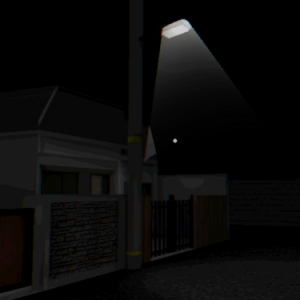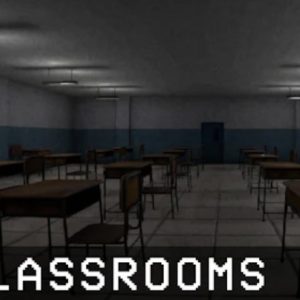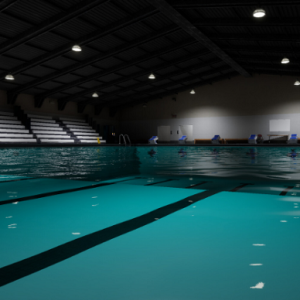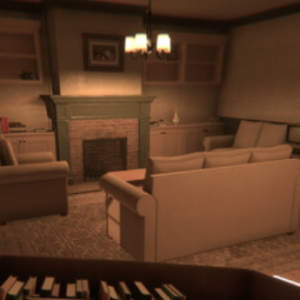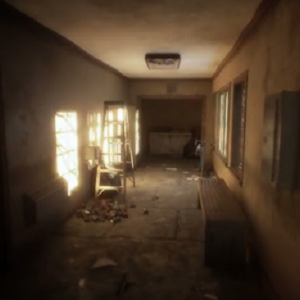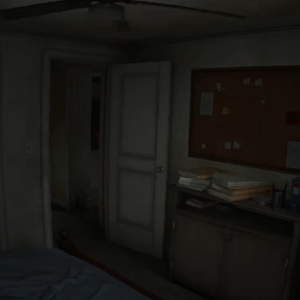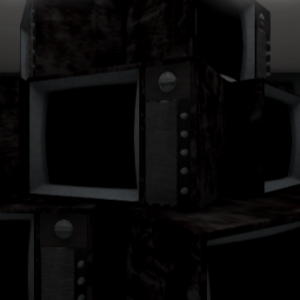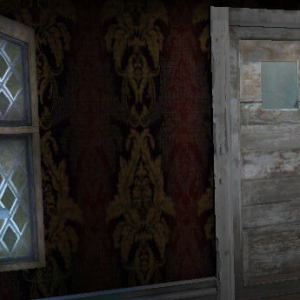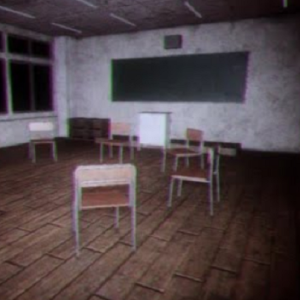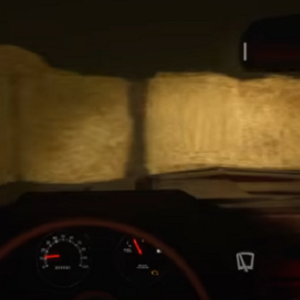Similiar games
A.I.L.A introduces players to a first-person experience centered around an advanced artificial intelligence designed to construct personalized virtual environments. You play as a tester brought in to analyze how this AI operates, interacting with a system capable of generating simulations that adjust in real time. The apartment where the testing takes place serves as a controlled setting, giving the illusion of stability. As the story unfolds, the boundaries between controlled environments and AI-generated scenarios begin to shift, leaving players uncertain about where the simulation ends.
Daily Routine And System Activation
Gameplay in A.I.L.A progresses through a structured cycle. The player begins each session in a compact living space used to access the AI system. Interactions here are straightforward: examining messages, preparing for tests and observing subtle environmental changes. Once the testing interface is activated, players are transported into simulations that differ in layout, task structure and difficulty. These segments push players to adapt their approach, as the AI observes and uses their behavior to modify the next scenario.
A standard cycle inside the game might include:
- starting a new day in the living quarters
- interacting with the AI console to initiate a test
- navigating a simulation with shifting geometry
- solving spatial or logic challenges to progress
- returning to the living space as the system resets
Because these elements repeat with variations, players gradually notice patterns that evolve over time.
Shifting Scenarios And AI Observation
Each scenario created by AILA is built to test different aspects of player behavior. Some sessions emphasize observation, while others introduce movement-based tasks or require solving simple mechanical puzzles. The AI monitors how quickly players react, which routes they take and how thoroughly they explore. These metrics influence scenario generation, prompting changes in layout, pacing or difficulty. As a result, no two sessions feel identical, and minor decisions can lead to noticeably different paths or obstacles later.
Environmental Overlap And Growing Ambiguity
As more tests are completed, the distinction between the apartment and the simulations becomes less defined. Objects may appear in unfamiliar places, lighting may change unexpectedly or ambient sounds from the simulations may echo faintly in the real-world environment. These overlaps are subtle but persistent, encouraging the player to question whether the AI is functioning within its intended limits. This gradual shift increases tension without resorting to sudden, disruptive moments, allowing the atmosphere to build naturally as the AI’s behavior becomes harder to predict.




